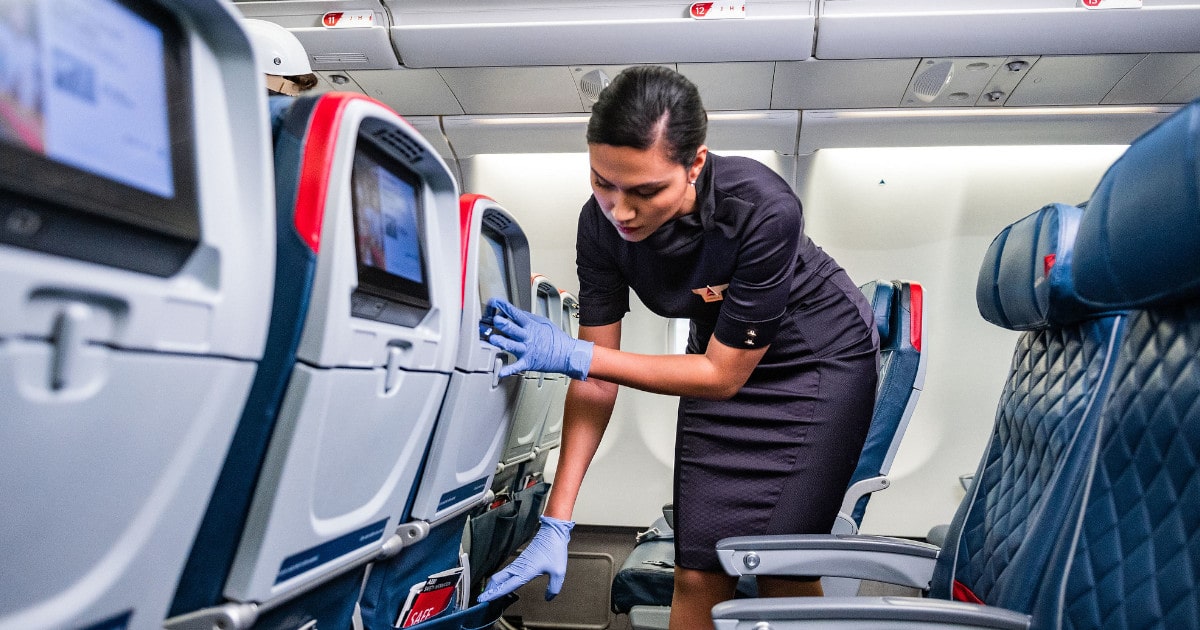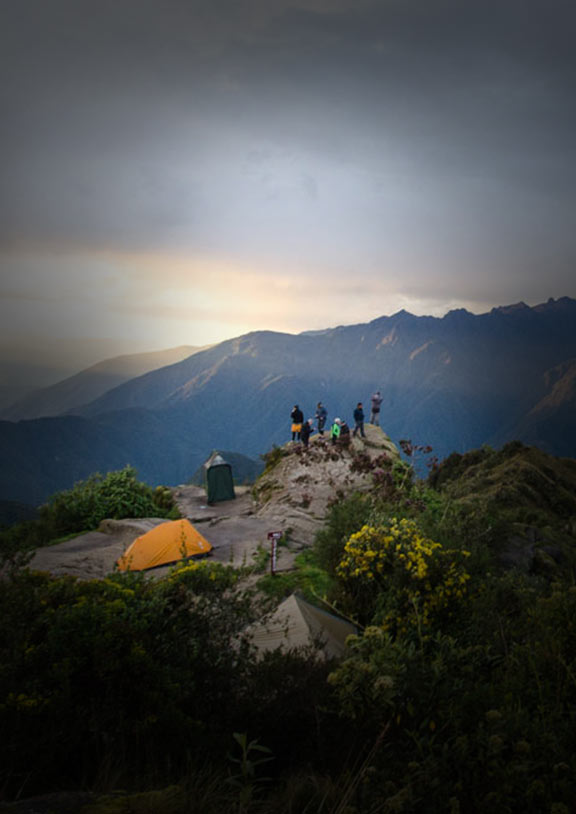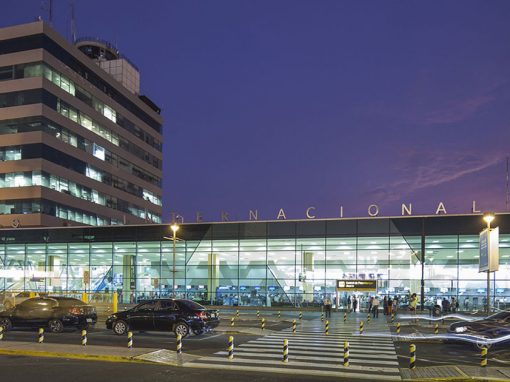At Peru for Less, the health and safety of our travelers is our top priority. We understand that there is concern surrounding the spread of coronavirus (COVID-19), and we are doing all we can to assist our travelers during this time. We continue to closely monitor the situation as Peru gradually opens its touristic services. please don’t hesitate to contact our travel advisors for more information.
Restrictions also often change on a day-to-day basis. Please refer to your country of origin’s Embassy in order to view the latest updates regarding new regulations. United States citizens can check the U.S. Embassy in Peru for the latest information.
If you have any questions whatsoever, we will help bring you peace of mind. Contact us here.
*This article was last updated on January 26, 2022.
COVID-19 FAQs
- The latest
- Is tourism open in Peru?
- Is it still safe to travel to Peru?
- Is Machu Picchu open?
- Is the Inca Trail open?
- Tourist sites and establishments open status
- Pandemic travel prep
- How to reduce your risk for coronavirus?
- What to do if you think you might have contracted coronavirus?
- Peru local resources
- How to insure your trip in case of coronavirus?
- Your Peru for Less trip
- Peru for Less Updated Postponement Policy
- Disclaimer
The Latest, at a Glance (updated January 26, 2022)
- Foreign tourists over 40 years old will no longer be asked for a booster shot. For example, in the case of foreign tourists over the age of 40, they can enter and leave the country, as well as travel nationally on flights and interproviscial land transport, only by presenting two doses of vaccination. In addition, foreign tourists can access restaurants, cinemas, supermarkets, churches, casinos, art galliers, gyms, among others, without a booster.
- The number of tourists in Machu Picchu tour groups has increased from 8 to 10 (including the guide).
- Effective January 28th, Peru will no longer have a curfew.
- Starting January 23rd,Peruvians, residents and non-residents (tourists) older than 12 years old, must present a negative COVID test result 48 hours before boarding, or proof of full vaccination against COVID-19 in order to enter Peru.
- Beginning December 15th, Peru is requiring that everyone over the age of 18 present an original physical vaccination card if they wish to enter closed spaces. A closed space includes restaurants, museums, supermarkets, cathedrals (such as the Cusco Cathedral), hotels, and more.
- Beginning January 17th, Peru is requiring that all passengers over the age of 12 boarding a domestic flight either provide proof of a COVID-19 vaccination via an original physical vaccination card, OR a negative PCR-test with a result date of no more than 48 hours before boarding.
- Beginning December 15th, Peru is requiring that all passengers over the age of 18 boarding domestic ground transport to either provide proof of a COVID-19 vaccination via an original physical vaccination card, OR a negative PCR-test with a result date of no more than 48 hours before boarding. Travelers 40-years-old or older are additionally required to present proof of a booster against COVID. In the case that your vaccine series was only recently completed, proof of a booster is not required.
- As of October 15th, 2021, all unvaccinated travelers must present a negative PCR test issued within 48 hours of boarding the flight in order to enter the country.
- As of September 6th, 2021, travelers who have been vaccinated for Covid-19 no longer need to present a negative test in order to enter the country. Unvaccinated travelers must present a negative PCR test issued within 48 hours of boarding the flight (antigen tests are no longer accepted).
- Any establishment may require the use of two (2) face masks for entry. It is recommended to always have multiple masks and a face shield on your person while in public spaces.
- Machu Picchu and the two-day Inca Trail opened on November 1st.
More in-depth information below.
Is Tourism Open in Peru?
Yes, tourism is open in Peru — with restrictions. A negative PCR test (issued no more than 48 hours before boarding), or proof of vaccination is required to enter the country. Flights to Peru from the U.S. have resumed in select cities (see list here). At this time, many hotels and restaurants are open, but like anywhere else, they are operating at a limited capacity to ensure the safety of their guests. There are also many famous sites open to visitors, like Machu Picchu, the 2-Day Inca Trail, Colca Canyon and several others. Increased cleaning and safety protocols are in place nationwide to protect travelers and residents alike. For more in-depth information about specific sites, destinations and hotels, contact our experienced travel advisors who can organize a safe and exciting trip.
Is it Still Safe to Travel to Peru?
Yes, with exercised caution. Though, keep in mind that travel may only commence with proof of vaccination or a negative PCR test issued no more than 48 hours before your flight.
On Tuesday, October 13, 2020, Peru and Cusco have received the World Health Organization’s Safe Travels Stamp by the World Travel & Tourism Council. Of course, health measures and protocols must be adhered to by all residents and visitors. Read the CDC’s recommendations for fully vaccinated travelers, note that you do need to present a negative PCR test result upon arrival to Peru.
For all the latest, visit the U.S. Embassy in Peru website.
International Entry Requirements
All passengers arriving to Peru must present proof of vaccination or a negative PCR test issued within 48 hours of their departure time. An Affidavit of Health and Geolocation Authorization must be filled out before departure. Health screening procedures are in place at the airport as well. Read more about Lima Airport COVID-19 policies here.
Is Machu Picchu open?
Yes, Machu Picchu is open again as of November 1, 2020. All visitors and staff must follow these guidelines:
- Visitors, guides and employees must maintain 6 foot distance at all times.
- Tour groups must maintain 65 feet of distance at all times
- Tour groups are limited to 8 people including the guide.
- Temperatures will be checked before entry. Anyone with a temperature above 100 can not enter.
- 675 visitors will be admitted per day, 75 per hour.
- There will be four one-way circuits and a stop-go system so groups don’t mix.
- No food allowed.
- Huayna Picchu, Machu Picchu Mountain, Inca Bridge and Sun Gate are close until further notice.
- All visitors must show an affidavit indicating that they are free of covid-19 symptoms.
Is the Inca Trail open?
Official opening of the two-day Inca Trail to the public was November 15. There is no word yet as to when the classic four-day Inca Trail to Machu Picchu will recommence. The following protocols are in place for the two-day Inca Trail:
- Temperature check required. Anyone with a temperature of 100 or above can not enter the Inca Trail.
- Groups will enter with 5 minutes of difference.
- Trekkers must maintain 13 foot distance between each other while hiking
- Trekkers must maintain 6 foot distance in eating and other rest areas.
- There must be a 65 foot distance between groups
Pandemic travel prep
In the case of traveling during a pandemic, these are some key points to keep in mind:
- Check updates and analysis from reputed institutions including the CDC – Information for Travel, WHO – COVID-19 Updates, and official government pages (Ministry of Health in Peru, US Department of State – Travel, and more.)
- Pack hand sanitizer and disinfectant wipes to use on the airplane and throughout your trip.
- If possible, avoid eating during a short plane ride. The act of eating, especially snacks, often means consuming food you touched or that was exposed to the air.
- You may also want to talk with your doctor at home about your health concerns and COVID-19 risk.
If you contract COVID in Peru, here are steps to follow:
- Follow the advice of local authorities.
- Call your travel health insurance provider to find a doctor near you.
- Make a doctor’s appointment and follow the doctor’s advice.
- Call your travel agent to make appropriate arrangements/postponements of your current bookings.
- Practice home isolation. Stay indoors, away from other people, and out of public spaces.
- Discontinue the upcoming legs of your journey until you are better.
- U.S. citizens looking for repatriation flights should email PeruRepatriations@state.gov for information.
Peru’s Ministry of Health (MINSA) lists these local resources:
- Report suspected cases directly to government authorities with the emergency 113 phone number.
- If you have symptoms, dial the toll-free number 113, send a WhatsApp message to (+51) 952-842-623, or email infosalud@minsa.gob.pe. Responses may be in Spanish only.
How to insure your trip in case of COVID-19?
We asked three of our senior travel advisors about travel insurance during the COVID-19 outbreak, and this was their advice:
Travelers should purchase an insurance policy that includes “Cancel For Any Reason” or CFAR. The majority of policies that include the “Cancel For Any Reason” must be purchased within 14 to 21 days of the first payment toward a trip. These policies cost about 40 percent more than typical cancellation policies, and reimburse up to 75 percent of the trip’s cost.
With our research in recent days, Squaremouth seems to have the most reasonable policies in relation to the coronavirus but would, of course, require “Cancel For Any Reason” policies and would need to be purchased very quickly after making your trip deposit. The company can certainly change this moving forward at any time, so do contact them directly at your earliest availability. Timing is very important with this type of coverage.
Your Peru for Less trip
If you have any questions about a trip booked with Peru for Less, feel free to check-in with your Travel Advisor for specific information regarding your reservations. If you have questions regarding a self-booked flight, please contact your airline directly.
Peru for Less Updated Postponement Policy
We know that right now is an uncertain time for traveling and for planning trips in general. That’s why we have carefully negotiated with our partners and local providers to offer the most flexible postponement terms in the market. Up to 10 days before your trip, you can postpone your trip with us with zero fees. This allows you to plan your dream trip to Peru without worrying about losing out if the unexpected happens. Learn more about our postponement policy here.
Please know that we are working around the clock to monitor the situation and assist our travelers. See the FAQs below for more in-depth information about border closures, transport, accommodations, local resources, and more.
Disclaimer
Peru for Less does not specialize in healthcare advice. The answers we’ve compiled for the Coronavirus FAQs are based on guidelines and details from reputed institutes cited throughout this article. Some information may not be up-to-date despite our greatest efforts.
Some information may not be up-to-date despite our greatest effort to update as news becomes available.

Manuel was born in Iowa, raised in California and now lives in Lima, Peru. His Peruvian parents always kept him close to his roots with dozens of family vacations to see his grandparents in Lima. After graduating from University of California Santa Barbara, Manuel decided to move to Lima to be closer to the family, food and culture he loves.









